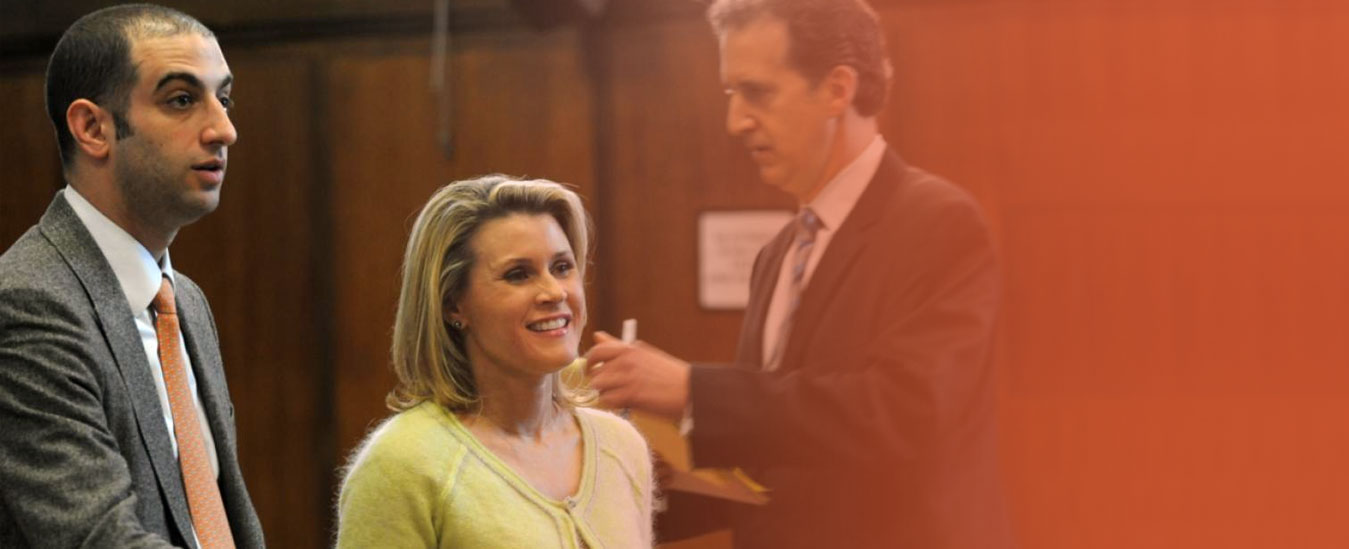We have experiences dealing with federal cases nationwide, in many different criminal defense practice areas.
We've got over 50 years of combined legal experience handling tough legal situations. You can trust us with a solution to your problem.
Regardless of where you are, or how difficult it is, we can help you, and offer a risk free consultation for your legal situation.
Regardless of whether it's an appeal, or a federal target letter, we can help you fight back and keep your rights.
We're a law firm that focuses and has immense experience handling federal cases - which means we can handle.
Our founding partner Todd Spodek has been seen on TV, and has handled some of the toughest cases nationwide, including snaps and fraud.
If you don’t respond, or ignore the snap letter, you’ll be unable to accept SNAP benefits. This means a big portion of your revenue is gone and you may not be able to stay afloat.
If you lose revenue from the SNAP program, it’s likely your business won’t be able to stay afloat. Many retailers go out of business in just a few months without SNAP benefits.
Depending on the severity of the allegations, it’s possible you could face criminal charges, and potential fines and jail time. You need to hire a law firm to respond to these allegations.
The Spodek Law Group is a top rated SNAP violations and SNAP appeals law firm. If you’re on our website, it’s because you either received a 10 day snap notice, or are engaged in a longer, and more complicated, legal issue with the USDA snap program. Regardless of why you landed on our website, what matters is that you need to speak to an attorney ASAP about your legal situation. SNAP violations happen all the time – sometimes in accident. It’s on you, as the alleged violator, to prove it was an accident.

Todd Spodek is a top rated, and well known, criminal defense attorney. He takes each case seriously, and wants to help you get justice. When you contact our firm, you will speak to Todd personally – who evaluates each and every case and helps clients understand the merits of their case.

Thank you so much for being caring and understanding people, you’ve have help my family in so many ways. You’ve guys definitely get all the work done. I truly thank you for your business, and recommend anyone who needs their services.
- Tiffany smallsPlease feel free to email us any questions regarding services that we may assist you with. You may also contact us by mail, telephone or fax.
Notifications
Todd Spodek - Nationally Recognized Snap Violation Lawyer